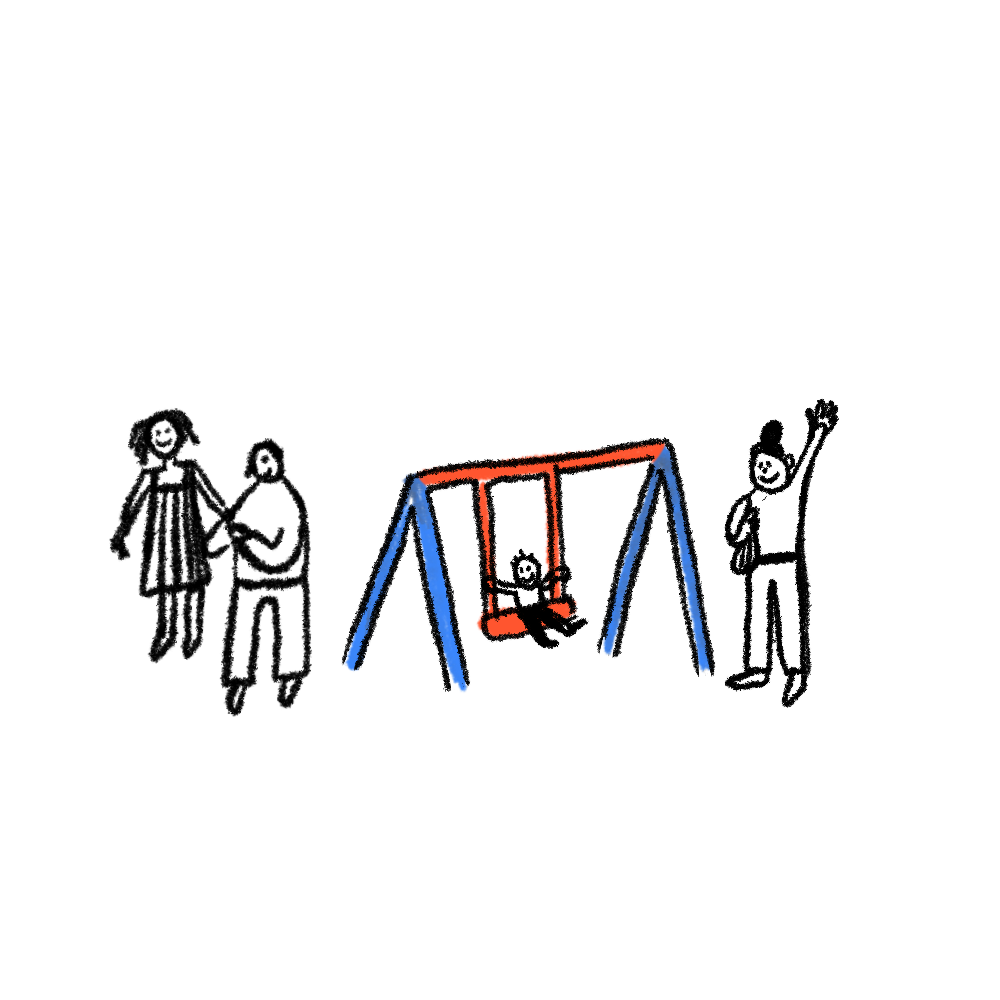
Case Studies
Cultural Belonging
Shared sites of cultural belonging, be they secular, ethnic, or faith-based, are essential to our wellbeing.
One of the core findings from the Journeys research was that shared sites of cultural belonging are vital sites of wellbeing that children not only participate in, but actively shape. Shared cultural identities and practices, both secular and faith-based, were commonly referenced across the maps produced for Journeys.
25% reference being born and/or having some cultural attachment to somewhere outside the UK.
30% reference a faith or religious practice that is important to them.
28% mention participating in and/or watching a sport of some kind. Football in particular emerged as an important locus of belonging for some children, affording them a sense of identity and a chance to connect with elders and their local community. Sports can allow for a sense of unity across difference, as outlined by one child in her description of her boxing gym: ‘[Our trainer] would say the second you come through this door, we're all family and all be friends’.
The following case studies show how sites of shared cultural belonging allow children to shape their communities and integrate with others…
Case study 1 (KT18): Jayden
Jayden enjoys playing football, spending time outdoors with his family and chatting with his friends. His map depicts him playing with his friends, and an aerial view of his local football stadium. He spoke in his interview about the importance of being able to support his friends through hard times, and getting to know people from different backgrounds to his. He also talked at length about the football club he belongs to, of which his dad is the coach, which he has labelled on his map as ‘a place I welcomed others’. This followed a pattern described by other children, where a parent will take up a coaching role of a team after their child has joined. He explained how:
“We help refugees and stuff at our club. So, like, make them feel welcome and stuff and we have, like, donations and stuff. We have football boots that you can borrow and stuff. So, so you don’t have to, if you’re, like, if you’re younger and you’ve came from, like, a different country, you don’t have much money, you can get the boots without spending any money. And shin-pads and stuff. We’ve got one on our team, from Ukraine. Um, he’s very nice. So, we actually, I think we’ve become better friends with the refugees than our actual teammates, like themselves. They’re always really kind and always respectful to the coaches and everything, so...”
As well as being an enjoyable hobby, and a way to connect to his dad and his local community, Jayden is actively participating in welcoming others into his community through his football team. This example shows how sports can be an important locus of both wellbeing and community integration, allowing children from different backgrounds to build empathy for each other.
Case study 2 (TH20): Mariam
Mariam enjoys car rides and drawing flowers, and spending time with her family. Her map shows a lot of her favourite places, including her school, her mosque, her house, as well as little portraits of her family together. She describes her house as a place of welcome, explaining: ‘now we're in our holy month of Ramadan, so we fast for 30 days and we eat in the night. So loads of people come to my house.’ Her mosque is an important place of learning for her, and she describes learning about Allah:
“And we learn about his messengers, and about, you have this one man, he’s called Muhammad. And we learn about, um, about his life, so it’s like where and sometimes we have this thing called Alima. So it’s where we learn more and it gets harder.”
Mariam’s faith is both a site of community and belonging, but also somewhere that she can learn and challenge herself, Alima referring to a female scholar of Islam. She explains that anyone could go to her mosque for a visit, and that she likes learning about other belief systems:
“Say that I was talking to my friend and she’s not a Muslim, I would be asking her loads of questions because I’ve never learnt about it before but we all learn about different things in school and that’s how we get jobs in different countries as well. ”
As well as enjoying learning about other cultures, she has a sense that doing do will broaden her horizons. Her faith is also a source of personal comfort. When talking about some difficult things in her life, she explained the importance for her of always being positive, and explained this using a story:
“I was talking about in the mosque about our messenger of our God. He always walked past this house and he used to walk past and the house every day and this woman used to throw rubbish at him. But he wouldn’t say anything and then the next day he walked past and she wasn’t there. So he went in her house and she was dying. So he helped her. So he was always being positive and never saying anything mean.”
By internalising the values of the faith she has been taught, Mariam seems able to use this as a source of strength to support her wellbeing in difficult times. Her faith has such a multifaceted role in her life, supporting her wellbeing, giving her a sense of identity, and allowing her to connect to other both within and outside her community.






